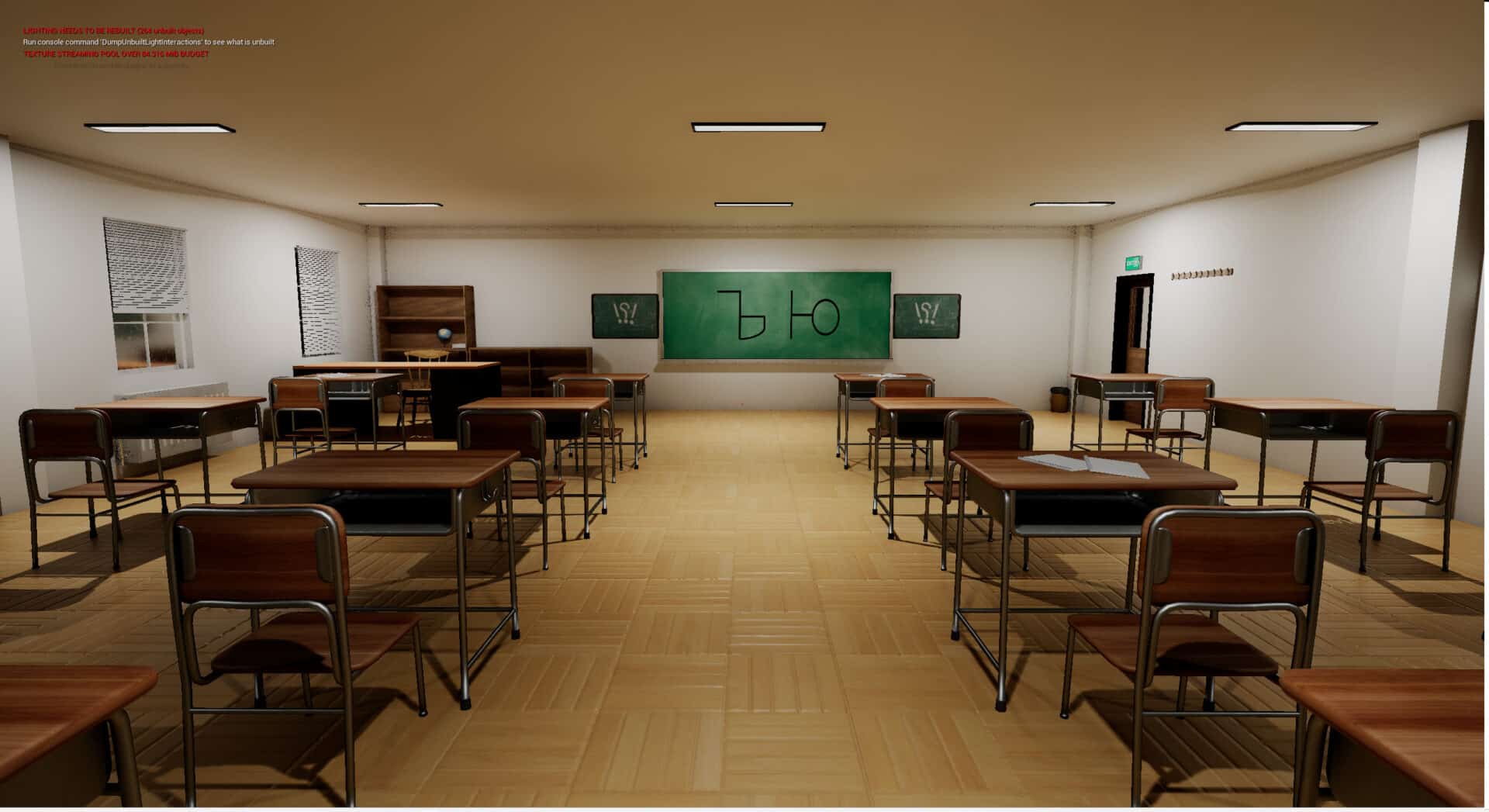Award Won!
Best Social Media Crowdsourcing Game
Award Won!
People’s Choice Award (Available 2006-present)

Dyslexia Intervention Training for Educators
Ball Aerospace in partnership with AFRL GRILL®
The Dyslexia Intervention Training for Educators simulation is an immersive virtual reality simulation designed to simulate real-life experiences for dyslexic people. Although Dyslexia is often thought of as a single disability with a single set of symptoms, it is more accurately considered an umbrella term for ten (10) subtypes, each with their own presentations. Intervention strategies may be extraordinarily effective for one subtype while yielding no measurable improvement for another subtype. Of the ten subtypes of dyslexia, eight are considered a form of developmental dyslexia (meaning a person is born with the disability) and two are considered purely acquired dyslexia (meaning the disability is present only after a serious brain injury). As a result, our simulation focuses only on the eight subtypes of developmental dyslexia and omits the two forms of acquired dyslexia as they are unlikely to be encountered by professional educators in a K-12 setting. The intention of the simulation is to allow professional educators to experience each of the eight subtypes of developmental dyslexia and their corresponding interventions. The simulation guides educators through attempts to interact in real-world environments while experiencing the symptoms of a specific dyslexia subtype. The educators are then prompted to attempt the same (or a similar) task while utilizing an appropriate invention strategy for the given subtype. The educators are subsequently able to identify the eight subtypes of developmental dyslexia and choose an effective intervention strategy from the possibilities presented in the simulation. This allows educators to be better prepared to guide their students through the process of utilizing intervention strategies within and outside of the classroom environment. Examples of scenarios presented in the simulation include the user reading warning signs on a beach and observing the meaning of those signs changing entirely when an intervention is utilized. In other scenarios, the user is attempting to grocery shop from a list, pay for car mechanic services, read a trail map, and other common situations.
